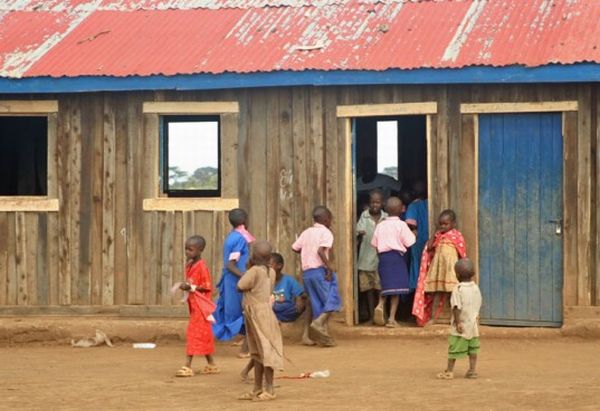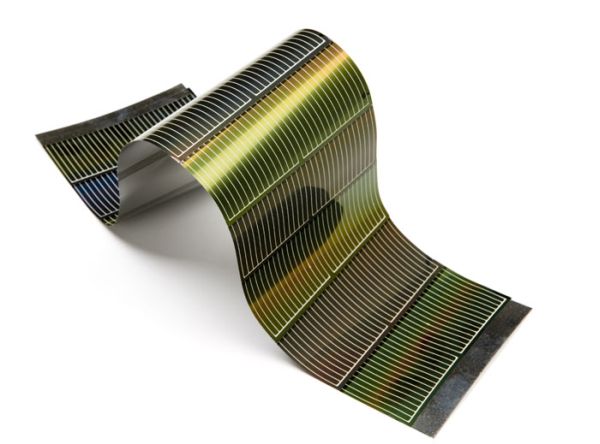As a big relief to the developing nations, a project at the University of Southampton led by Chemistry wizards, Tony Rest (a visiting prof. at the university) and Keith Wilkinson (a former teacher in an International School) has invented solar powered generators. These generators are said to be helpful to students in developing nations to get hands-on science irrespective of power resources available.

Itâs apprehensive to any student from the rural areas of a developing nation that how difficult it to get hands on experience on some of the experiments need to get carried out in the classroom. Either it may be due to lack of electricity 24Ã7 or lack of resources like lab equipment; the students in the developing nations sometimes had to bind to the situations of not able to gain proper/basic knowledge on science subjects.
Tapping the difficulty of students who are not able to get education on science and on any-practical-experiments-needed subjects, now a visiting Chemistry academic at the University of Southampton, Professor Tony Rest and Keith Wilkinson who was formerly a teacher in International School of Lusaka based in Zambia have found solar based solution which can power up digital projectors in a cost effective solar energy panels.
The newly invented solar powered classrooms are better enough to educate modern methods which are being developed in other countries as well as new IT techniques which require class room attention. Itâs indeed a sigh of relief to the students in rural areas of developing countries who travel miles away from home, provided the cost effective factor insisted.
How solar-powered classroom works
Solar power generators equip solar panels, batteries and inverters which are adequate enough to charge up even a 50watt-power-supply-required mini projectors through which students can easily get practical training which is accessible through abundant multimedia resources. Having solar power classrooms available to students in the rural areas, it is practically feasible to teachers to show all the laboratory experiments and practical techniques which are required in engineering, physics, biology and many other practical workshop needed subjects.
As the high end projectors requires 200-300 watts power which makes the process very expensive, it is however not in all cases but in some situations suggestible to use 50 watt projectors to optimally utilize the solar battery power.
Addressing to invention, Mr. Tony Rest too has reasoned the lack of electricity in rural areas of developing countries to come up with much deserved idea. He also stressed on the drawbacks which petrol based generators accustomed to face viz. safety hazards and difficulties in supply. As the availability of sunshine is abundant in rural schools, the sustainable solar powered classrooms are indeed cost effective as we can get through Professorâs speech.
With the solar powered classrooms, students are expected to gain more knowledge on practical-attention-required-subjects such as physics, biology, engineering, crafting subjectsâ viz. plumbing, carpentry etc.
In hindsight, Mr. Rest and Mr. Wilkinsonâs invention through âChemistry Aidâ project – solar power generators is for sure a year ending gift for students in rural areas through which they can gain hands on science and all other practical knowledge needed subjects.
Via: sciencedaily




